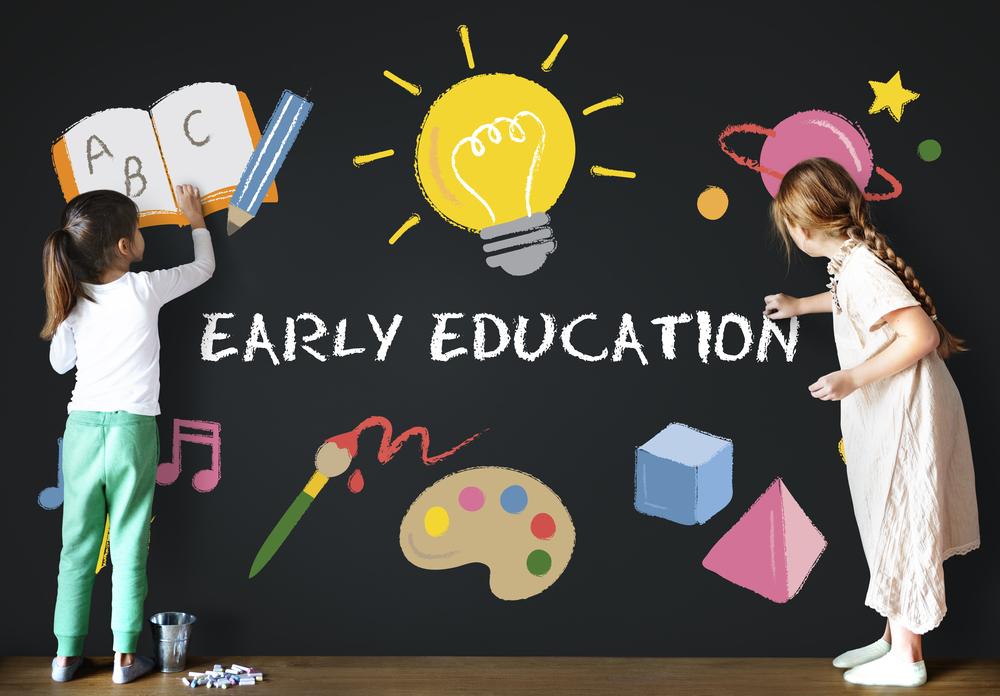Key Features of a Quality Preschool Program
Discover the essential qualities of an effective preschool curriculum that nurtures children's development. This guide highlights key features such as environment, staff, and learning activities, helping parents choose the best preschool for their child's growth. Emphasizing safety, creativity, social skills, and holistic development, it ensures a strong educational foundation. Visit prospective schools, meet staff, and observe the environment to ensure your child receives quality early education tailored to their needs.

Key Features of a Quality Preschool Program
Choosing the right preschool is crucial for your child's mental and emotional development. A well-designed curriculum should align with your child's needs and interests, fostering growth and learning. Consider your child's personality—whether they thrive in large groups or need a more intimate setting—and observe how educators interact with students during visits. Ensure the environment is nurturing, with ample space for active play, creative activities, and social interaction. A balanced preschool program includes art, music, motor skill activities, and opportunities for teamwork, all essential for holistic development.
Clear and achievable goals
Stimulates comprehensive growth
Provides a nurturing atmosphere
Includes outdoor play and physical activity
Staff Qualifications and Interactions
Meet with the preschool staff to understand their experience and approach. Educators should demonstrate genuine interest, provide individual attention, and create a stable, caring environment. Their interaction with children should be positive and supportive, promoting confidence and curiosity. Knowing the staff's background helps ensure your child will be in capable hands.
Physical Learning Environment
The facility should be safe, comfortable, and stimulating. Outdoor areas must offer space for movement and energetic activities. Classroom materials and equipment should foster creativity, independence, and learning. Activities like circle time encourage movement, social skills, and language development. Incorporate art and play-based activities to develop motor skills and cognitive abilities, making sure that the environment supports your child's emotional and physical needs.
In conclusion, an effective preschool curriculum integrates engaging activities, supportive staff, and a positive environment, laying a strong foundation for your child's future learning.
Disclaimer:
The information shared on this blog is for general guidance and educational purposes. Readers are encouraged to conduct further research and visit schools before making decisions. The content is not conclusive, and the site cannot be responsible for inaccuracies or differences across other sources. We also acknowledge that some schemes or offers may not be included.










